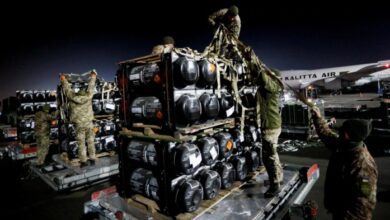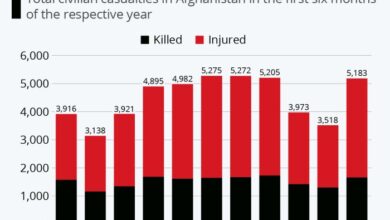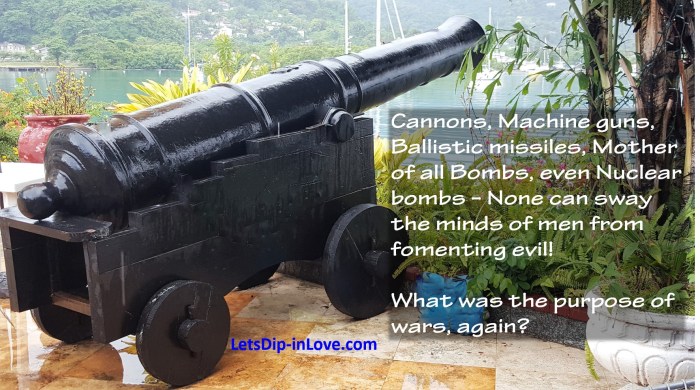
The Waste of Wars: A Cost We Cant Afford
The waste of wars takes center stage, a stark reminder of the human and societal costs we bear. From the devastating loss of life to the crippling economic burdens, war’s impact stretches far beyond the battlefield, leaving scars that linger for generations.
It’s a grim reality that demands our attention, urging us to consider the true price of conflict and the urgent need for peaceful solutions.
War’s destructive power isn’t limited to the physical realm. It shatters communities, erodes trust, and disrupts the delicate balance of our planet. The human cost is immeasurable, with families torn apart, futures shattered, and entire societies left reeling in the aftermath.
The economic repercussions are equally profound, diverting resources from vital needs and hindering progress in areas like education, healthcare, and poverty reduction. The environmental consequences are equally dire, with landscapes scarred, ecosystems disrupted, and the very air we breathe polluted.
The Human Cost of War
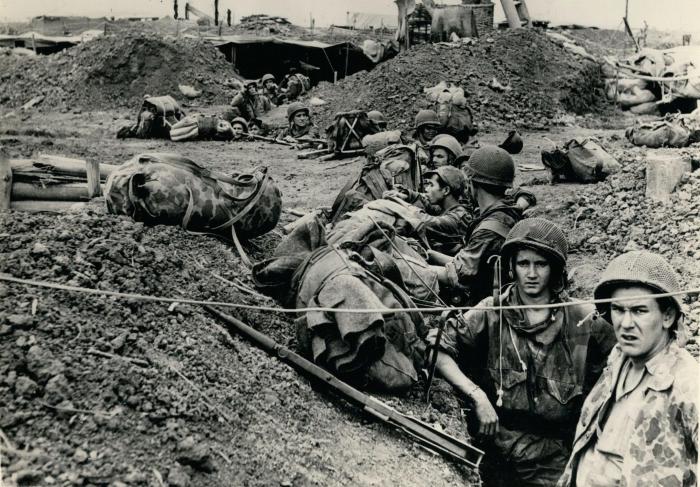
War, a brutal and destructive force, leaves an indelible mark on humanity, not just in the immediate aftermath but also in the long-term consequences that ripple through generations. The human cost of war is immeasurable, encompassing physical, psychological, and social devastation.
It is a tragedy that transcends borders and affects individuals, communities, and societies as a whole.
Wars are a tragic waste of resources, human lives, and potential. It’s heartbreaking to see nations squandering their wealth on conflict when that money could be used to address poverty, hunger, and climate change. It’s also infuriating to see how the wealthy elite, often those who profit from war, engage in tax avoidance and havens undermining democracy while ordinary citizens bear the brunt of the financial burden.
It’s a vicious cycle: the money that could be used to prevent war is instead funneled into the pockets of the privileged, leaving everyone else to pick up the pieces.
Casualties and Injuries
War inflicts a devastating toll on human life, resulting in countless casualties and injuries. Direct combat, bombings, and other forms of violence claim the lives of soldiers and civilians alike. The scale of casualties can be staggering, with millions of people killed in major conflicts.
- The Second World War, for instance, resulted in an estimated 70 to 85 million deaths, making it the deadliest conflict in human history.
- The ongoing conflict in Syria has claimed the lives of over 500,000 people, while millions more have been displaced and injured.
Beyond fatalities, war inflicts a wide range of injuries, both physical and psychological. Amputations, burns, and other severe wounds are common, leaving many survivors with permanent disabilities. These injuries often require extensive medical care and rehabilitation, placing a heavy burden on individuals and healthcare systems.
Displacement and Migration, The waste of wars
War forces millions of people to flee their homes, seeking refuge in safer areas. This displacement can be both internal, within a country, and external, across international borders. The displacement of people creates immense challenges, including overcrowding, food shortages, and a lack of access to essential services.
Wars are a tragic waste, consuming resources, lives, and the very fabric of society. It’s a constant reminder of the futility of conflict, a lesson that even the most fantastical stories like star wars phantom menace or new hope can’t fully escape.
While those galactic battles may be fictional, the underlying themes of destruction and loss resonate with the real-world horrors of war. Ultimately, it’s a reminder that peace, however elusive, is always the better path.
- The Syrian refugee crisis, which began in 2011, has resulted in over 13 million people being displaced from their homes, making it the largest refugee crisis since World War II.
- The Rohingya crisis in Myanmar, which began in 2017, has forced over 700,000 Rohingya Muslims to flee to neighboring Bangladesh, facing persecution and violence in their homeland.
Displacement can have long-lasting consequences, as refugees often struggle to rebuild their lives in new environments, facing discrimination, poverty, and social isolation.
Psychological and Social Impacts
War leaves deep psychological scars on individuals and communities. The trauma of witnessing violence, losing loved ones, and living in constant fear can have profound and lasting effects on mental health. Post-traumatic stress disorder (PTSD), anxiety, depression, and other mental health conditions are common among veterans and civilians who have experienced war.
Wars are a tragic waste of resources, both human and material. It’s heartbreaking to see the destruction they leave behind, but it’s also infuriating to think about the ways in which those resources could have been used for good.
One example is the issue of food aid, which can sometimes be used as a dumping ground for surplus products, rather than a genuine effort to help those in need. This practice, known as food aid as dumping , only adds insult to injury, perpetuating a cycle of dependence and undermining the dignity of those we aim to assist.
Ultimately, the waste of wars extends far beyond the immediate destruction, impacting the very fabric of society and leaving behind a legacy of poverty and despair.
- The United States Department of Veterans Affairs estimates that over 20% of veterans who served in Iraq and Afghanistan have experienced PTSD.
- The World Health Organization (WHO) reports that the prevalence of PTSD among civilians in conflict zones can be as high as 30%.
War also disrupts social structures, undermining trust, community cohesion, and the rule of law. The breakdown of social norms and institutions can lead to increased violence, crime, and social unrest, creating a cycle of instability and suffering.
The Impact on Children
Children are particularly vulnerable to the devastating effects of war. They are often forced to flee their homes, witness violence, and experience the loss of loved ones. These experiences can have a profound impact on their physical and emotional development, leading to long-term psychological and social problems.
- Studies have shown that children who have experienced war are at increased risk of developing PTSD, anxiety, depression, and other mental health conditions.
- War can also disrupt children’s education, leading to lost learning opportunities and a decline in their cognitive development.
War’s impact on children can have far-reaching consequences, affecting their future prospects and the well-being of entire generations.
Economic Waste of War
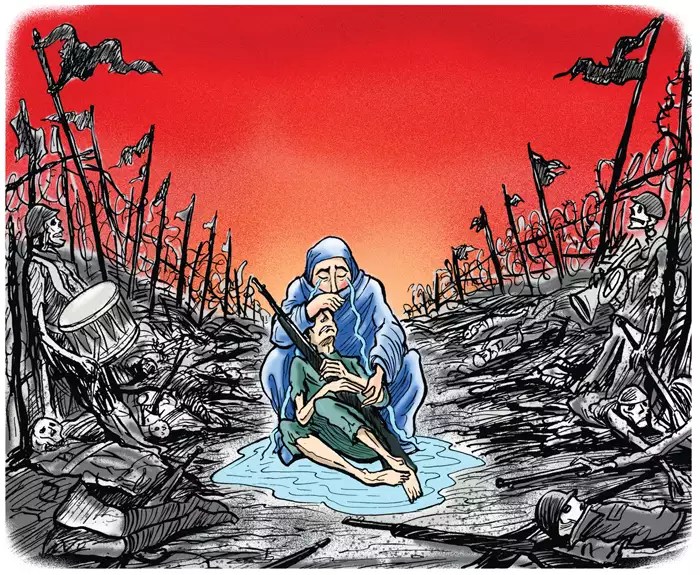
War is not only a tragedy of human suffering but also a colossal waste of resources. The economic costs of war are vast and far-reaching, impacting not only the warring nations but also the global economy. This section explores the economic consequences of war, highlighting the substantial financial burden it imposes on societies and the detrimental impact it has on development.
The Direct Costs of War
The direct costs of war are readily apparent and encompass the expenditures on military forces, weapons, and infrastructure damage. These costs represent the immediate financial burden associated with engaging in conflict.
- Military Spending:The single largest cost of war is military spending. Nations allocate enormous sums of money to fund their armed forces, including salaries for personnel, procurement of weapons and equipment, research and development, and maintenance of military infrastructure. For instance, the United States spent over $800 billion on its military in 2022, accounting for nearly half of global military spending.
[1]This immense expenditure diverts resources from other vital sectors of the economy, such as education, healthcare, and infrastructure development.
- Infrastructure Damage:War often leads to the destruction of infrastructure, including roads, bridges, buildings, power plants, and communication networks. The cost of rebuilding these essential assets can be substantial and further strain the economies of war-torn countries. For example, the reconstruction of Iraq following the 2003 invasion cost billions of dollars, and the country continues to grapple with the long-term economic consequences of the conflict.
[2]
The Indirect Costs of War
Beyond the direct costs, war incurs significant indirect costs that are often overlooked but can have a profound impact on economic well-being. These costs include lost productivity, disruption of trade and investment, and the displacement of populations.
- Lost Productivity:War disrupts economic activity, leading to a decline in productivity. This can occur due to the loss of skilled labor, the disruption of supply chains, and the destruction of productive assets. For instance, the ongoing conflict in Ukraine has had a devastating impact on its economy, with estimates suggesting that the country’s GDP could contract by over 45% in 2022.
[3]
- Disruption of Trade and Investment:War often leads to the disruption of trade and investment, as businesses are forced to halt operations or relocate due to security concerns. This can have a ripple effect on the global economy, as countries become dependent on other nations for essential goods and services.
For example, the 1991 Gulf War resulted in a significant disruption of oil supplies, leading to a surge in global oil prices and contributing to a global economic recession. [4]
- Displacement of Populations:War often leads to the displacement of populations, as people flee their homes to escape violence and persecution. This can have a significant impact on the economies of both the receiving and sending countries, as displaced populations often require humanitarian assistance and struggle to find employment and housing.
For example, the Syrian Civil War has resulted in millions of refugees, placing a significant strain on the economies of neighboring countries such as Lebanon, Jordan, and Turkey. [5]
The Cost of War vs. Societal Needs
The economic costs of war are staggering, often exceeding the resources available for other essential societal needs. This raises the question of whether the costs of war are justified given the potential benefits.
- Education:The funding diverted to military spending could be used to improve education systems, providing children with access to quality education and preparing them for future employment. Investments in education can lead to higher productivity, economic growth, and social progress.
- Healthcare:War often leads to a decline in healthcare infrastructure and services, leaving populations vulnerable to disease and injury. The resources spent on war could be used to improve healthcare systems, providing access to essential medical services and improving public health.
- Poverty Reduction:War often exacerbates poverty, as it disrupts economic activity, destroys infrastructure, and leads to the displacement of populations. The resources spent on war could be used to address poverty and inequality, investing in programs that provide education, healthcare, and employment opportunities for the most vulnerable members of society.
Economic Instability and Poverty
War can lead to economic instability and poverty, creating a vicious cycle that perpetuates conflict. The destruction of infrastructure, the disruption of trade, and the loss of skilled labor can all contribute to economic decline. This can lead to increased poverty, unemployment, and social unrest, creating fertile ground for future conflicts.
- Economic Decline:War often leads to a decline in economic activity, as businesses are forced to close, investment dries up, and trade is disrupted. This can have a devastating impact on the economies of war-torn countries, leading to a decline in living standards and an increase in poverty.
- Unemployment:War can lead to widespread unemployment, as people are forced to leave their jobs or lose their livelihoods due to the destruction of businesses and infrastructure. This can create a cycle of poverty, as unemployed individuals struggle to meet their basic needs and support their families.
- Social Unrest:Economic decline and poverty can lead to social unrest, as people become frustrated with the lack of opportunities and the inability of governments to address their needs. This can create a climate of instability, making it more difficult to achieve lasting peace and development.
Environmental Destruction: The Waste Of Wars
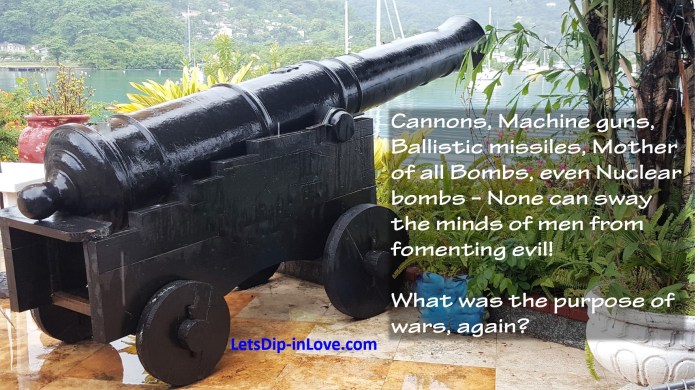
War, a brutal and destructive force, inflicts a devastating toll on the environment, leaving behind a legacy of pollution, deforestation, and habitat destruction. The environmental consequences of war extend beyond the immediate battlefield, impacting ecosystems and biodiversity on a global scale.
Pollution from Warfare
The use of conventional and unconventional weapons generates a wide range of pollutants that contaminate air, water, and soil. Explosives release toxic chemicals, including heavy metals, nitrates, and volatile organic compounds, into the environment. These pollutants can persist for decades, posing significant risks to human health and ecosystems.
- Explosives:The detonation of explosives releases toxic heavy metals like lead, mercury, and arsenic, which can contaminate soil and water sources, harming wildlife and human populations.
- Depleted Uranium:Depleted uranium munitions, used in armor-piercing rounds, release radioactive particles that can persist in the environment for thousands of years. These particles can contaminate soil, water, and air, posing health risks to both humans and animals.
- Chemical Weapons:Chemical weapons, such as nerve agents and mustard gas, are highly toxic and can contaminate the environment for extended periods. They can cause severe health problems, including death, and damage ecosystems.
Deforestation and Habitat Destruction
Warfare often leads to widespread deforestation and habitat destruction, disrupting ecosystems and displacing wildlife. Military operations, including the construction of roads, bases, and fortifications, require the clearing of vast areas of forests, destroying valuable habitats and threatening biodiversity.
- Military Bases:The establishment of military bases often involves the clearing of forests, disrupting natural habitats and fragmenting ecosystems. These bases can also generate pollution and noise, further impacting wildlife.
- Road Construction:The construction of roads and other infrastructure for military purposes can fragment habitats, disrupting wildlife movement and reducing gene flow.
- Resource Extraction:War often leads to the exploitation of natural resources, including timber, minerals, and oil, further contributing to deforestation and habitat loss.
War and Climate Change
Warfare contributes to climate change in several ways. Military activities, including the production and use of weapons, transportation, and energy consumption, release significant amounts of greenhouse gases into the atmosphere.
- Fossil Fuel Consumption:Military operations rely heavily on fossil fuels, contributing to greenhouse gas emissions.
- Weapons Manufacturing:The production of weapons, including tanks, aircraft, and missiles, is an energy-intensive process that generates significant greenhouse gas emissions.
- Military Infrastructure:The construction and maintenance of military bases and infrastructure require substantial energy and resources, contributing to carbon emissions.


